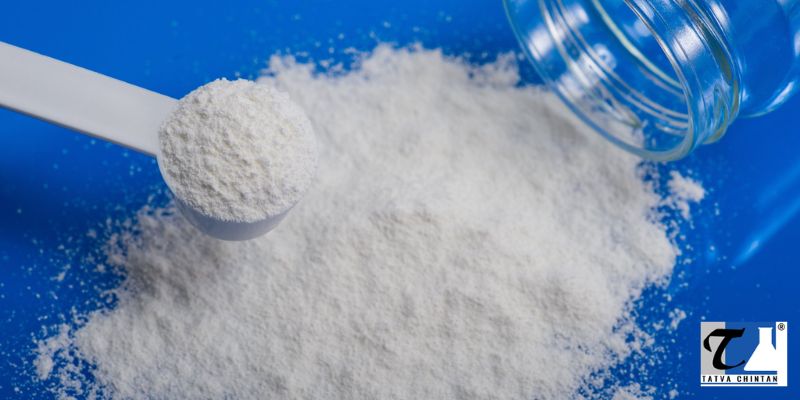How to manage the bulk production of chemicals in industry

The global demand for chemicals is enormous. The bulk production of these chemicals means they are produced on a large scale to meet worldwide needs. After these chemicals are manufactured, many waste products are produced. These wastes and the chemicals themselves can be hazardous, making it necessary to manage them properly. How to manage the bulk production of chemicals in industry The main goal for the bulk production of chemicals is to keep manufacturing costs low and maintain a healthy profit. Some common examples of chemicals produced this way include white spirit, glycerine, castor oil, biodiesel, acrylic acid, and acetone. However, the production process of some of these chemicals results in the release of harmful substances. Also, there are problems with chemical spills, which on a large scale, can be devastating to both human health and the environment. For these reasons, chemical production companies must pay attention to spill management and adhere to safe practices for p...


